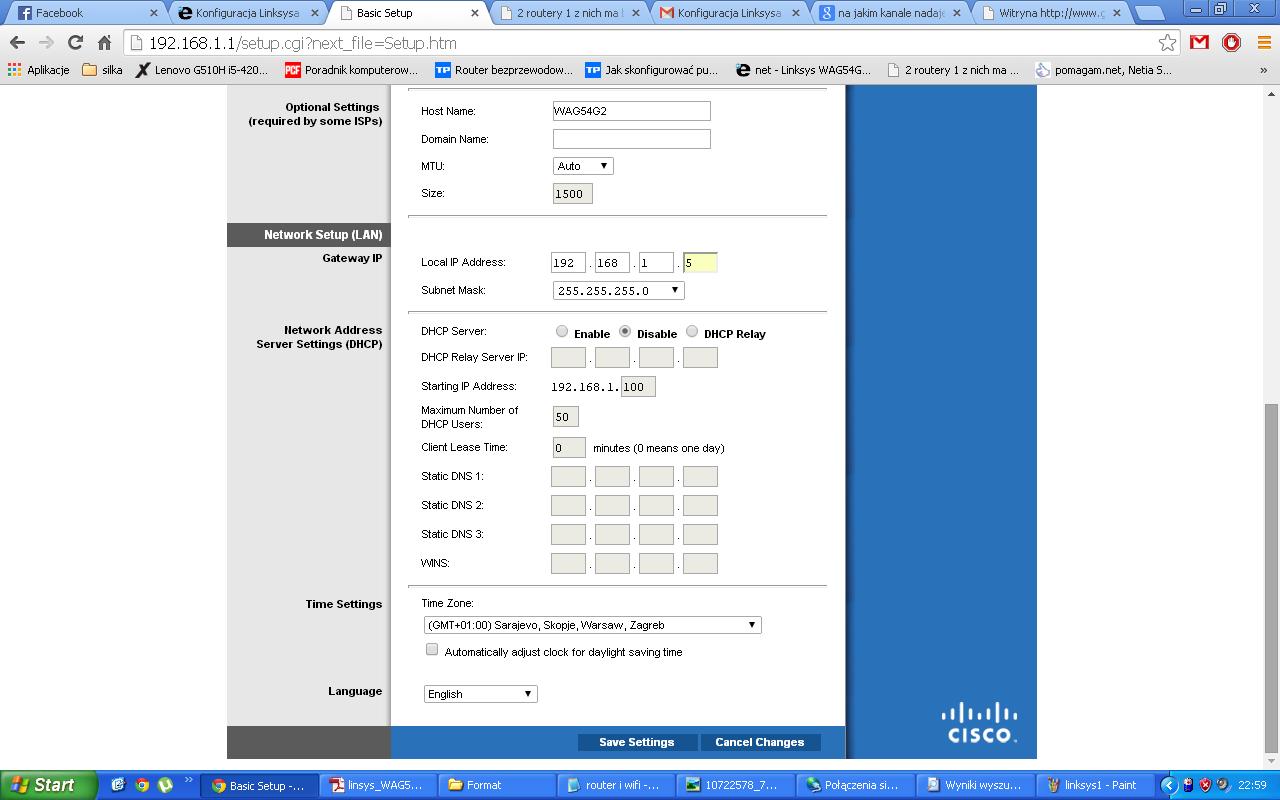
Resources at the client site are unavailable to the central site. Client mode is the default configuration and allows only devices at the client site to access resources at the central site.

The Cisco Easy VPN client feature can be configured in one of two modes-client mode or network extension mode. Easy VPN server-enabled devices allow remote routers to act as Easy VPN Remote nodes.
Access linksys easyvpn software#
This protocol allows most VPN parameters, such as internal IP addresses, internal subnet masks, DHCP server addresses, WINS server addresses, and split-tunneling flags, to be defined at a VPN server, such as a Cisco VPN 3000 series concentrator that is acting as an IPSec server.Īn Easy VPN server-enabled device can terminate VPN tunnels initiated by mobile and remote workers who are running Cisco Easy VPN Remote software on PCs. The Cisco Easy VPN client feature eliminates much of the tedious configuration work by implementing the Cisco Unity Client protocol. Figure 6-1 shows a typical deployment scenario. The example in this chapter illustrates the configuration of a remote access VPN that uses the Cisco Easy VPN and an IPSec tunnel to configure and secure the connection between the remote client and the corporate network. Remote access VPNs are used by remote clients to log in to a corporate network.

Site-to-site VPNs are used to connect branch offices to corporate offices, for example. Two types of VPNs are supported-site-to-site and remote access. The Cisco 870 series routers support the creation of Virtual Private Networks (VPNs).Ĭisco routers and other broadband devices provide high-performance connections to the Internet, but many applications also require the security of VPN connections which perform a high level of authentication and which encrypt the data between two particular endpoints. Not to worry though we’re here to make that process easier for you, so grab yourself a warm cup of coffee and let’s get started.Configuring a VPN Using Easy VPN and an IPSec TunnelĪpply Mode Configuration to the Crypto MapĬonfigure the IPSec Crypto Method and ParametersĪpply the Crypto Map to the Physical Interface It takes a little bit of tweaking and configuring to get it just right. Of course, OpenVPN won’t work right out of the box. Tomato, alongside OpenVPN, is a perfect solution for those who want a secured connection between two networks without having to open their wallet. If you haven’t guessed it already, OpenVPN is an open-source VPN solution that is (drum roll) free.

Typically, VPN software and hardware cost a lot of money to implement. Upon validation, both the client and server agree to trust each other and the client is then allowed access on the server’s network. Both your computer and the OpenVPN server (your router in this case) “shake hands” using certificates that validate each other. Think of your router as the middle man between the networks that you’re connecting to.
Access linksys easyvpn how to#
Today we’ll be going over how to install OpenVPN alongside Tomato, and setting it up to access your home network from anywhere in the world! What is OpenVPN?Ī virtual private network (VPN) is a trusted, secure connection between one local area network (LAN) and another. A few weeks ago we covered installing Tomato, an open-source router firmware, on your Linksys WRT54GL.


 0 kommentar(er)
0 kommentar(er)
